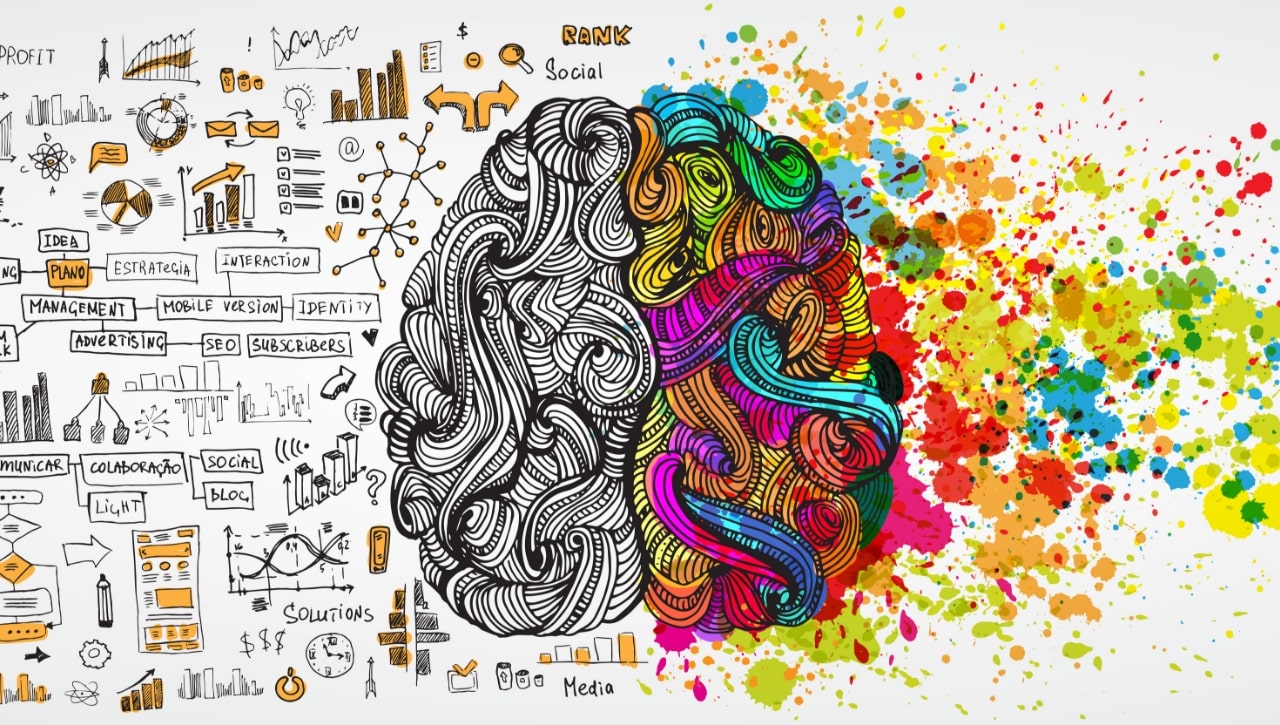
Introduction:
In the ever-evolving landscape of advertising, a dynamic synergy between data analytics and creative expression has emerged as a driving force behind successful campaigns. This delicate balance between the quantitative precision of analytics and the emotive power of art has given rise to what is now known as “Data-Driven Creativity.” This approach challenges the traditional dichotomy between science and art, offering a compelling solution that leverages the strengths of both worlds to craft impactful narratives.
Data analytics has transformed the advertising industry, providing marketers with unprecedented insights into consumer behavior, preferences, and trends. The wealth of information generated by online platforms, social media, and other digital channels has opened new avenues for understanding target audiences. Advertisers can now harness the power of big data to make informed decisions, optimize campaigns in real-time, and measure the effectiveness of their strategies with precision.
Quantitative insights derived from data analytics offer a roadmap for advertisers, guiding them towards the most effective channels, timing, and content. This data-driven approach minimizes guesswork, enabling marketers to allocate resources efficiently and maximize the impact of their campaigns.
However, the raw power of data alone is not enough to captivate audiences and build lasting connections. This is where the art of storytelling comes into play.
While data analytics provides the backbone of strategic decision-making, creative expression injects the soul into advertising. The ability to tell a compelling story is what resonates with audiences on an emotional level, fostering brand loyalty and engagement. In a world inundated with information, it is the narrative that cuts through the noise and leaves a lasting impression.
Creative expression in advertising involves more than just aesthetic appeal. It encompasses the art of understanding human emotions, cultural nuances, and societal trends. A successful ad not only grabs attention but also strikes a chord with the audience, leaving them with a memorable experience that goes beyond the product or service being promoted.
The challenge lies in finding the sweet spot between the quantitative insights provided by data analytics and the creative intuition that gives advertising its artistic flair. Too much reliance on data without considering the human element risks creating campaigns that feel robotic and fail to connect with real people. On the other hand, relying solely on creative intuition may result in beautifully crafted content that lacks relevance and fails to drive desired outcomes.
To achieve a harmonious balance, advertisers must view data as a tool that informs and refines creative decisions rather than dictating them. Data analytics can uncover patterns and trends, identify audience segments, and measure the success of previous campaigns. Armed with this information, creatives can then infuse their work with a deeper understanding of what resonates with the target audience.
Several brands have successfully navigated the intersection of data analytics and creative expression, creating campaigns that marry the analytical with the artistic.
One of the most tangible manifestations of data-driven creativity is found in programmatic advertising. This automated, data-centric approach allows advertisers to target specific audiences with precision, optimizing ad placements in real-time based on user behavior and preferences.
While the marriage of data and creativity holds immense potential, it is not without its challenges. The sheer volume of data available can be overwhelming, leading to analysis paralysis and stifling the creative process. Moreover, the ethical use of data in advertising is a growing concern, with issues such as user privacy and consent coming under increased scrutiny.
Striking the right balance requires a thoughtful and ethical approach to data collection and utilization. Advertisers must prioritize transparency, ensuring that consumers are aware of how their data is being used and offering them control over their privacy settings. Respecting user boundaries fosters trust, a crucial element in building long-term relationships between brands and consumers.
Data-driven creativity represents a paradigm shift in the world of advertising, challenging conventional notions of how analytics and art coexist. The sweet spot between these seemingly disparate realms is not a fixed point but a dynamic space where insights gleaned from data enhance the depth and resonance of creative expression.
Conclusion:
In the pursuit of data-driven creativity, advertisers must recognize the complementary nature of analytics and art, viewing them not as opposing forces but as symbiotic elements in a holistic approach to storytelling. By embracing this synergy, brands can create campaigns that resonate with audiences on a profound level, fostering connections that endure beyond the fleeting impressions of a digital landscape. As we navigate the ever-evolving terrain of advertising, the sweet spot between analytics and art stands as the compass guiding brands towards authentic and impactful communication with their audiences.